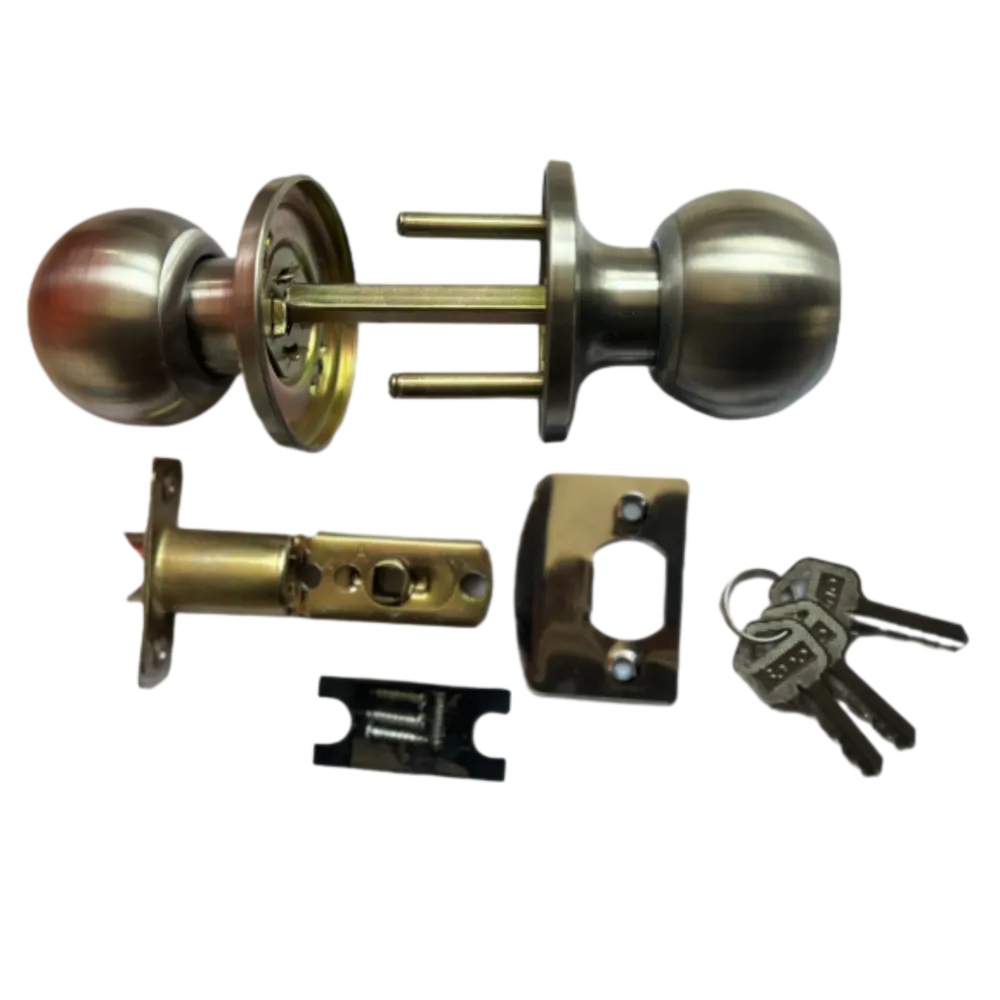casting point
Understanding the Concept of Casting Point in Manufacturing
In the realm of manufacturing, particularly in casting processes, the term casting point is essential but often misunderstood. It refers to the specific location in a mold where molten material is poured to initiate the formation of a desired object. This process is not merely about the act of pouring metal; it involves a comprehensive understanding of fluid dynamics, material properties, and mold design to ensure the quality and precision of the final product.
The Importance of Casting Point Selection
The selection of the casting point significantly influences the flow of molten material within the mold. A well-placed casting point can produce consistent and uniform results, reducing the likelihood of defects such as cold shuts (where two streams of metal meet but do not fuse) or air entrapment. Conversely, a poorly chosen casting point can lead to a variety of issues that compromise the integrity and mechanical properties of the cast item.
Factors that must be considered when determining the casting point include
1. Mold Design The design of the mold itself, including its dimensions and shapes, plays a critical role in determining the optimal casting point. Complex designs may require multiple casting points to facilitate proper flow and ensure that all parts of the mold are filled adequately.
2. Material Properties Different materials exhibit varying flow characteristics when molten. For instance, metals with high viscosity may need a specific casting point that allows for easier flow and better filling of the mold.
3. Gravity vs. Pressure Casting The method of casting—whether gravity or pressure—also influences where the casting point should be positioned. In gravity casting, the molten material flows solely by the force of gravity, requiring careful placement to ensure unobstructed flow. In contrast, pressure casting involves injecting the molten material, allowing for more flexibility in casting point placement but still requiring strategic consideration.
Techniques for Optimizing Casting Points
casting point

Manufacturers employ several techniques to optimize the casting points in their processes. These include computer simulations, advanced modeling techniques, and prototype testing.
- Computer-Aided Design (CAD) and Finite Element Analysis (FEA) allow engineers to visualize and simulate the flow of molten materials within the mold before actual production begins. This method provides valuable insights, enabling designers to modify the casting point location to enhance flow dynamics.
- Experimentation with Prototype Molds is also common. By creating prototypes and testing different casting point configurations, manufacturers can gather data on the performance and quality of the cast products.
- Real-Time Monitoring during the casting process can also provide feedback on the effectiveness of the selected casting points, allowing for immediate adjustments and improvements.
Challenges in Casting Point Design
Despite advancements in technology, challenges remain in the optimization of casting points. Changes in material properties, fluctuating temperatures, and variations in mold designs can all affect the casting process. Additionally, achieving a balance between cost-efficiency and quality assurance often requires manufacturers to invest in research and development.
Moreover, the growing emphasis on sustainability and eco-friendly practices in manufacturing necessitates the exploration of alternative materials and methods, which can complicate established casting point strategies.
Conclusion
The casting point, though often overlooked, is a vital element in the casting process. Its selection and optimization can determine not just the quality of the produced item, but also the efficiency and cost-effectiveness of the manufacturing process. As technology continues to evolve, so too will the strategies employed to analyze and improve casting points, ultimately leading to higher quality products and more sustainable manufacturing practices. Understanding the intricacies of this concept can empower manufacturers to make informed decisions, fostering innovation and excellence in the industry.
-
Why Choose TJJ as Your Window and Door Hardware Manufacturer?NewsOct.28,2024
-
The Advantages of Cast Iron Stove Plates: A Timeless Choice for Your KitchenNewsOct.28,2024
-
Aluminium Windows Profiles: Benefits and FeaturesNewsOct.28,2024
-
Innovations in Cast Iron Panel TechnologyNewsOct.28,2024
-
The Benefits of Customizing Your Wrought Iron Fence PartsNewsOct.28,2024
-
The Immortal Legacy of Cast Iron Spears: From War to Decorative UseNewsOct.21,2024
-
 Why Choose TJJ as Your Window and Door Hardware Manufacturer?Oct-28-2024Why Choose TJJ as Your Window and Door Hardware Manufacturer?
Why Choose TJJ as Your Window and Door Hardware Manufacturer?Oct-28-2024Why Choose TJJ as Your Window and Door Hardware Manufacturer? -
 The Advantages of Cast Iron Stove Plates: A Timeless Choice for Your KitchenOct-28-2024The Advantages of Cast Iron Stove Plates: A Timeless Choice for Your Kitchen
The Advantages of Cast Iron Stove Plates: A Timeless Choice for Your KitchenOct-28-2024The Advantages of Cast Iron Stove Plates: A Timeless Choice for Your Kitchen -
 Aluminium Windows Profiles: Benefits and FeaturesOct-28-2024Aluminium Windows Profiles: Benefits and Features
Aluminium Windows Profiles: Benefits and FeaturesOct-28-2024Aluminium Windows Profiles: Benefits and Features












